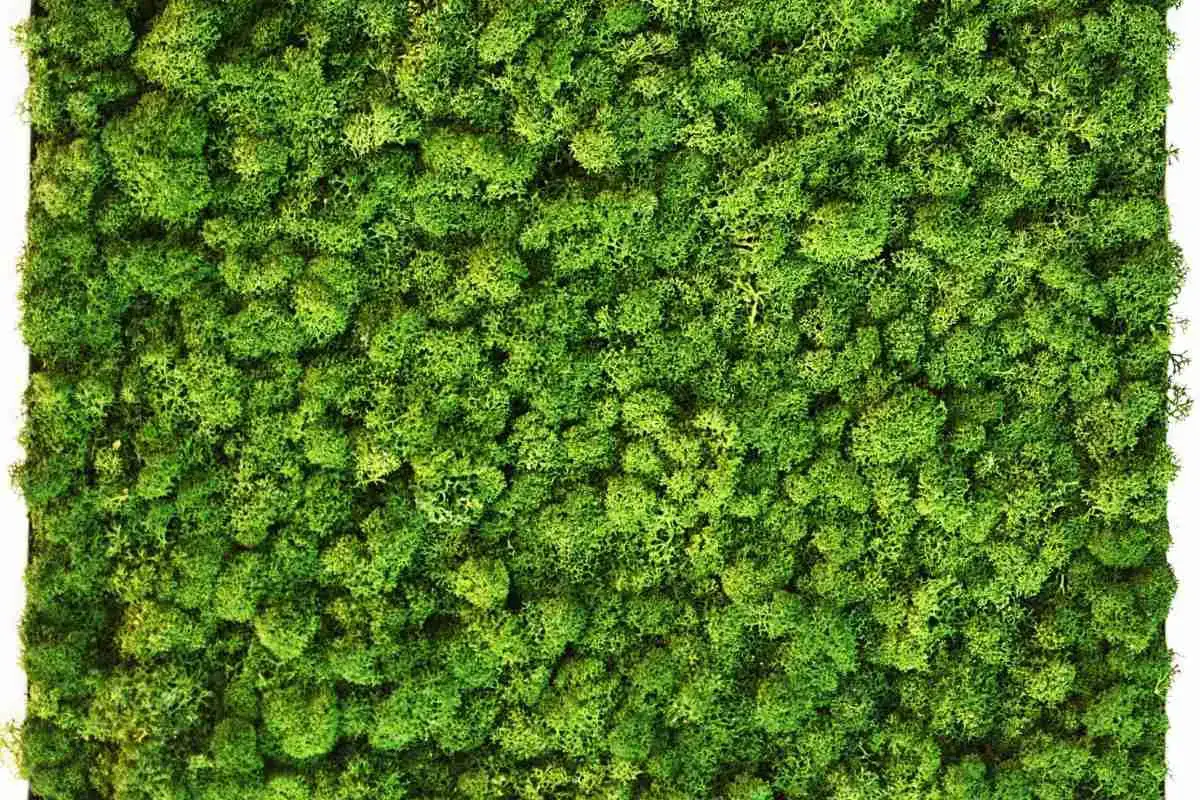
5 Simple Tips To Remove Moss From Block Paving
Read more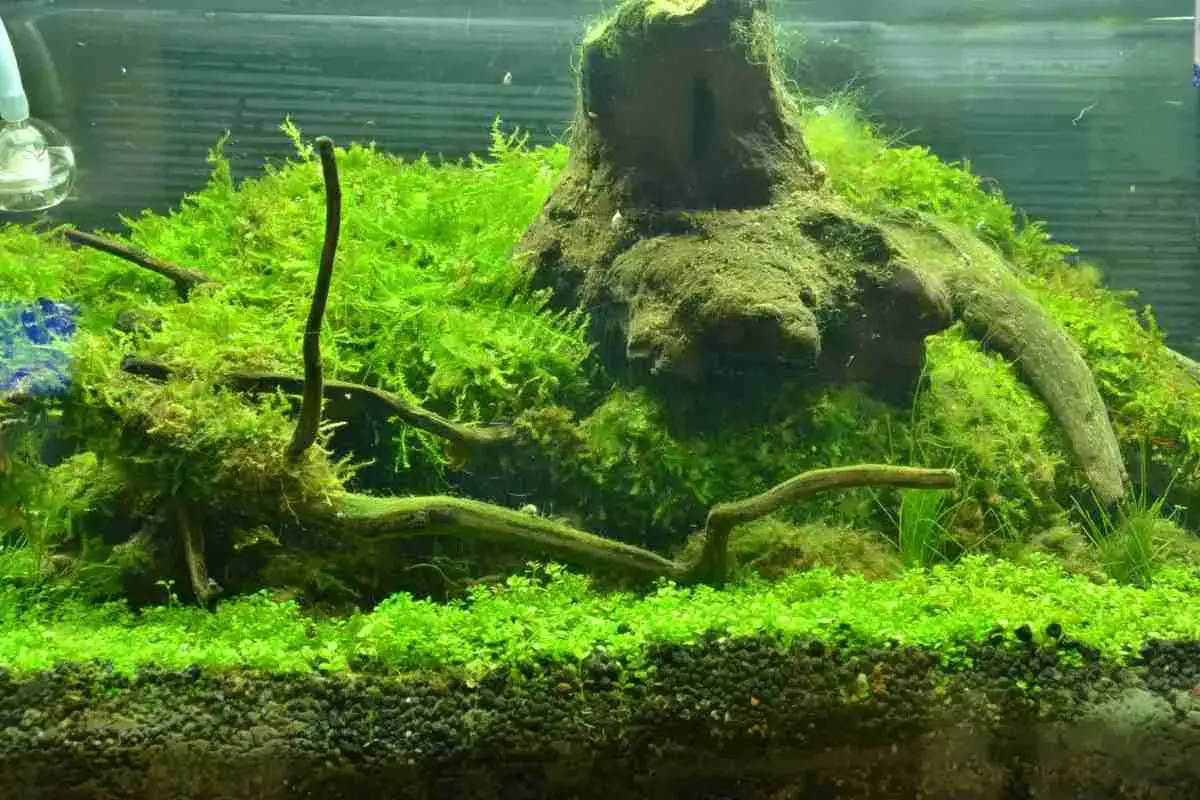
6 Simple Methods To Grow Java Moss Fast
Read more
Does Algae Need Sunlight? The Surprising Truth!
Read more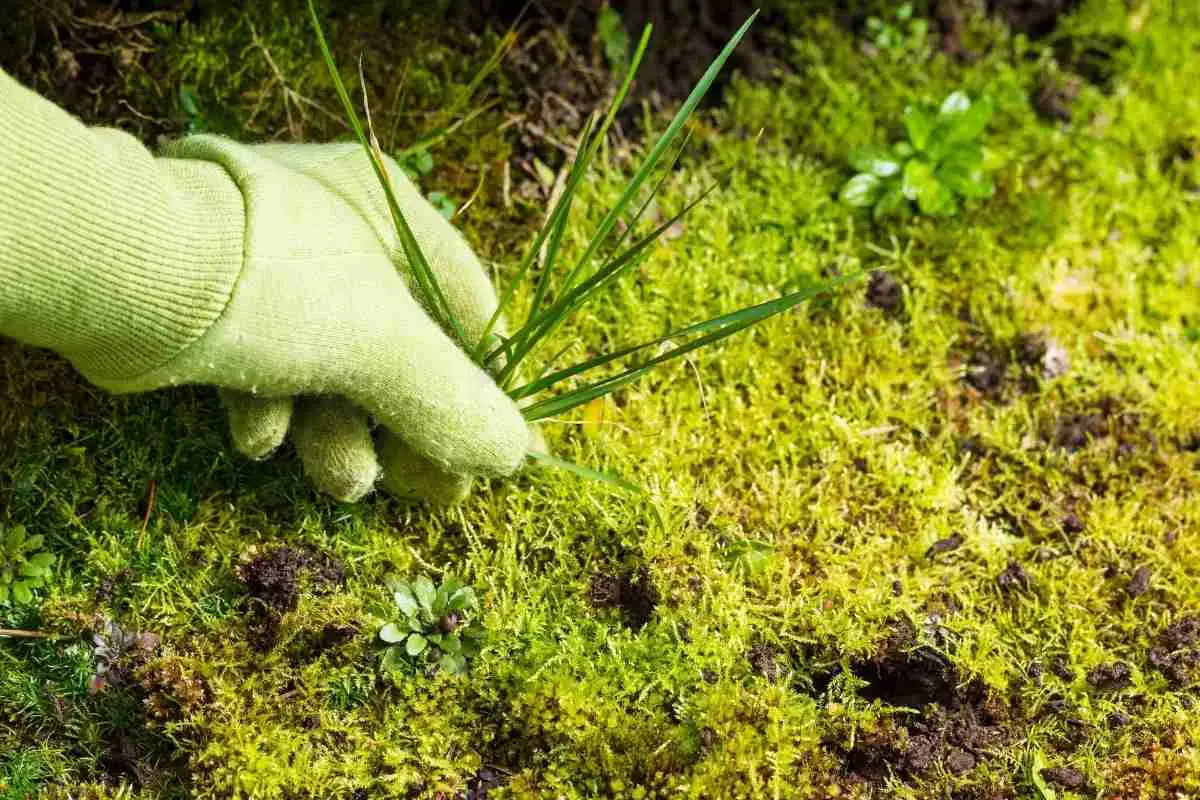
8 Simple Tips For Keeping Moss Alive!
Read more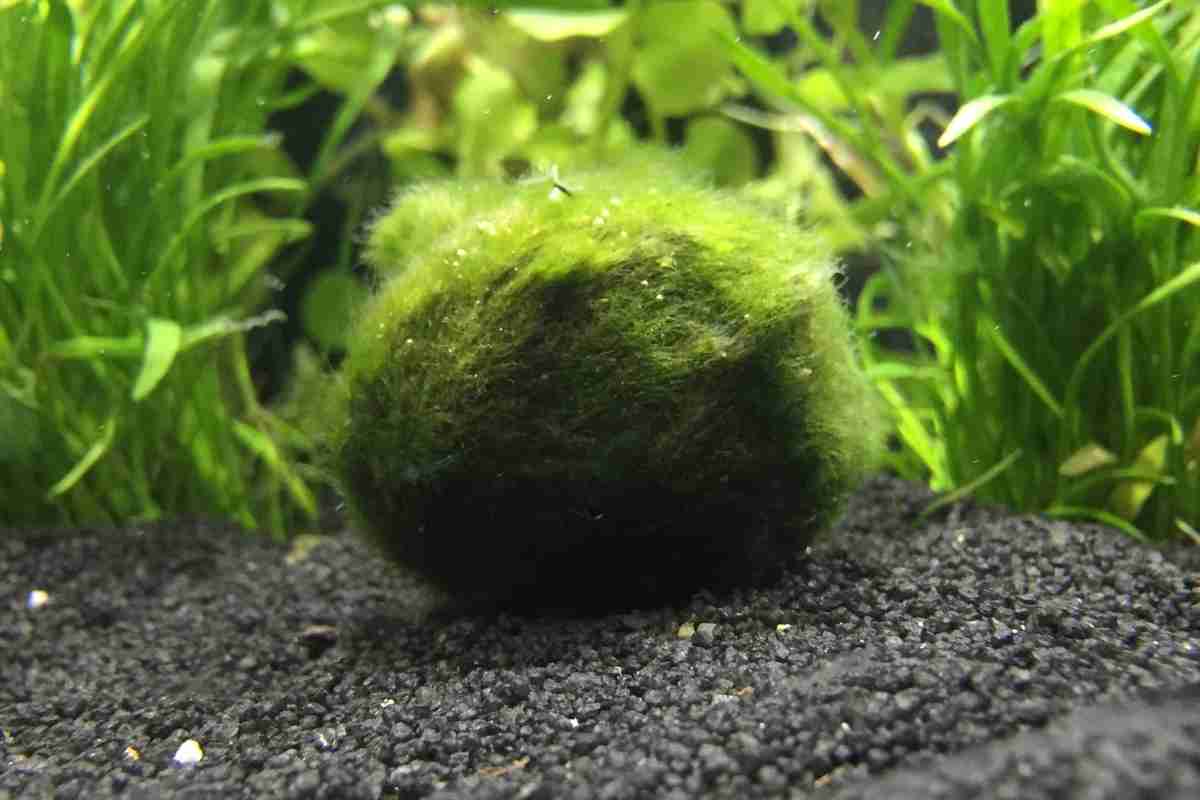
Marimo Moss Balls: Are They Safe?
Read more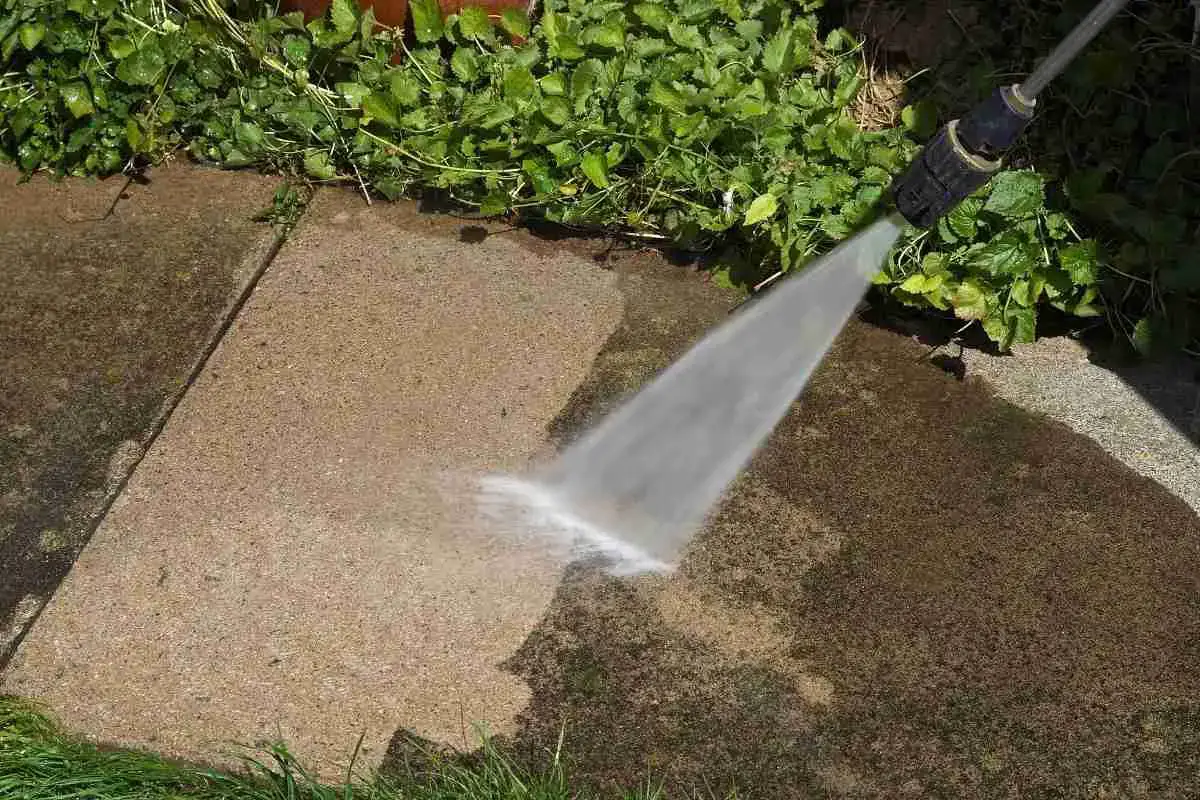
7 Easy Methods For Getting Rid Of Moss On A Patio
Read more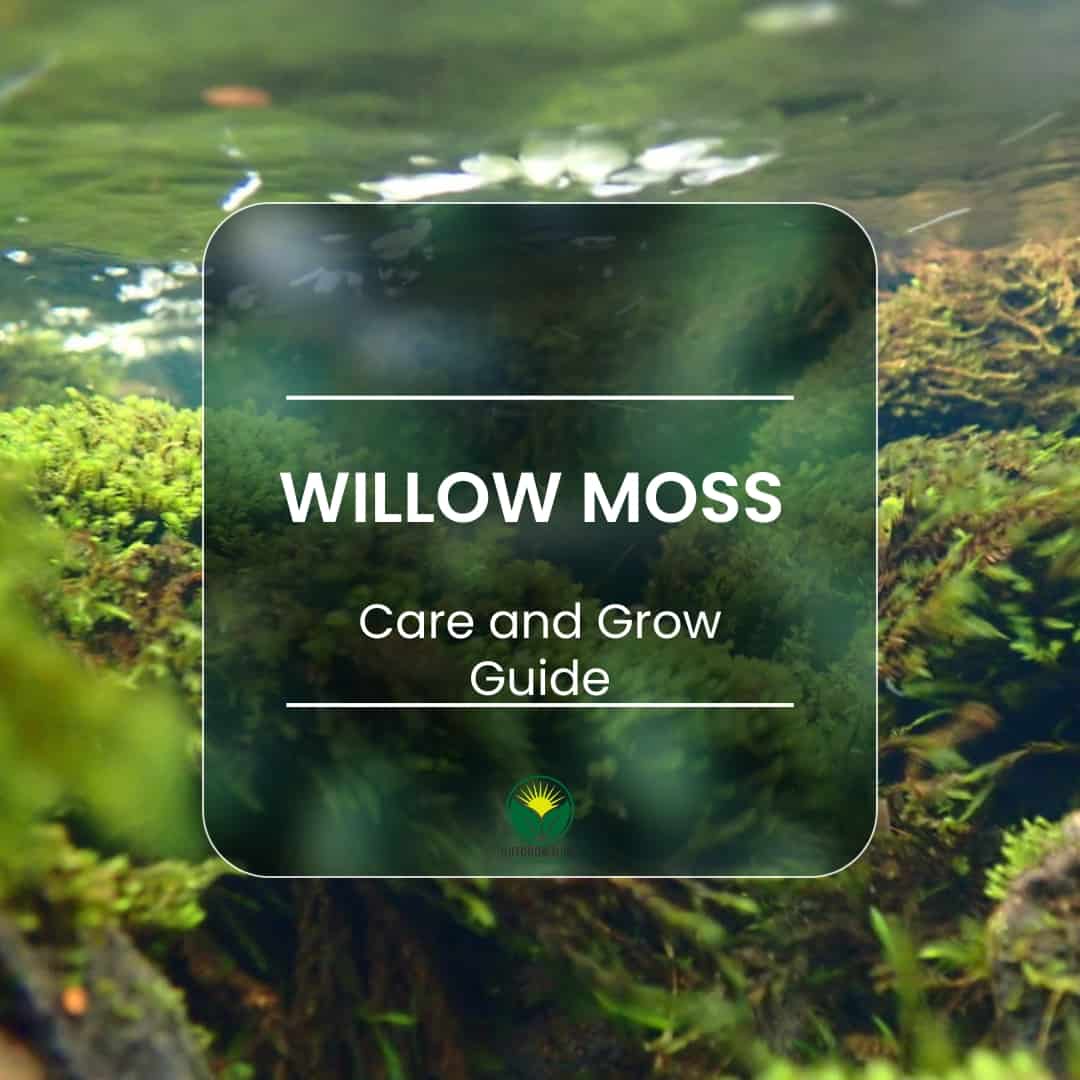
Willow Moss (Fontinalis Antipyretica). The aquatic moss par excellence. How to take care of it and make it grow in aquarium
Read more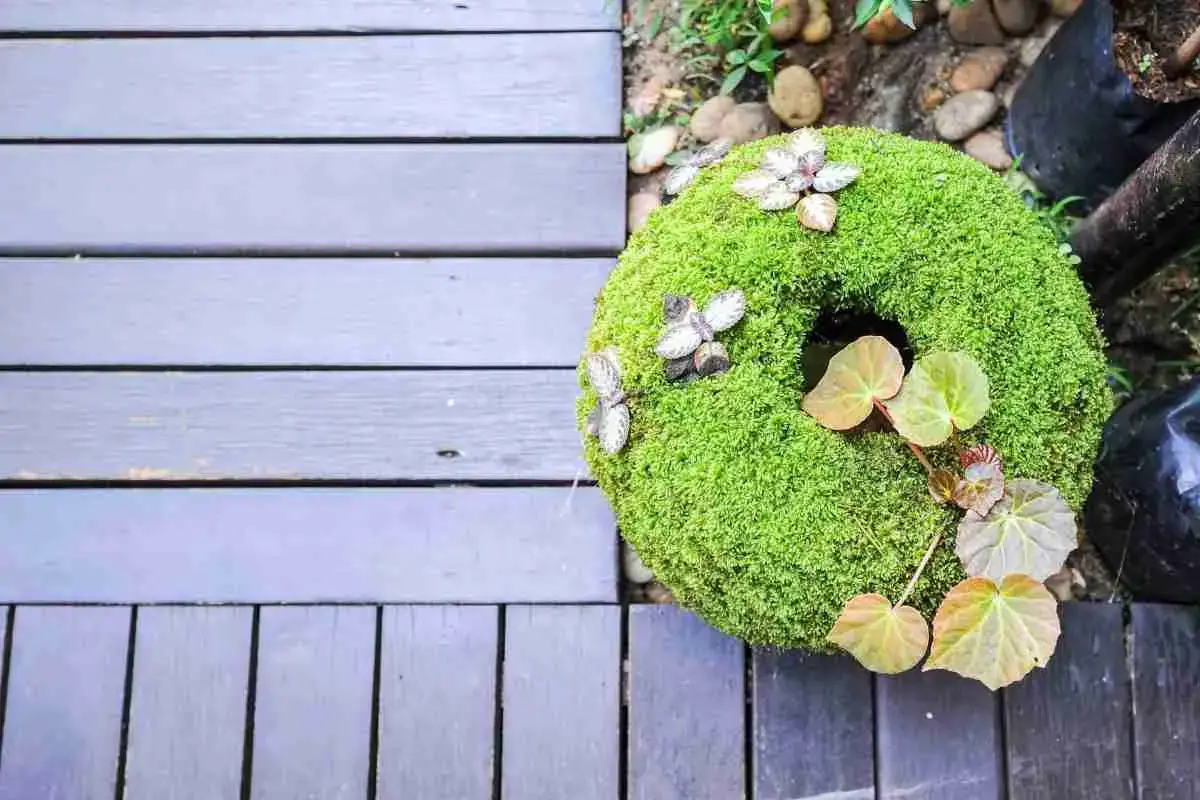
Decorative Moss For Potted Plants: Live & Preserved
Read more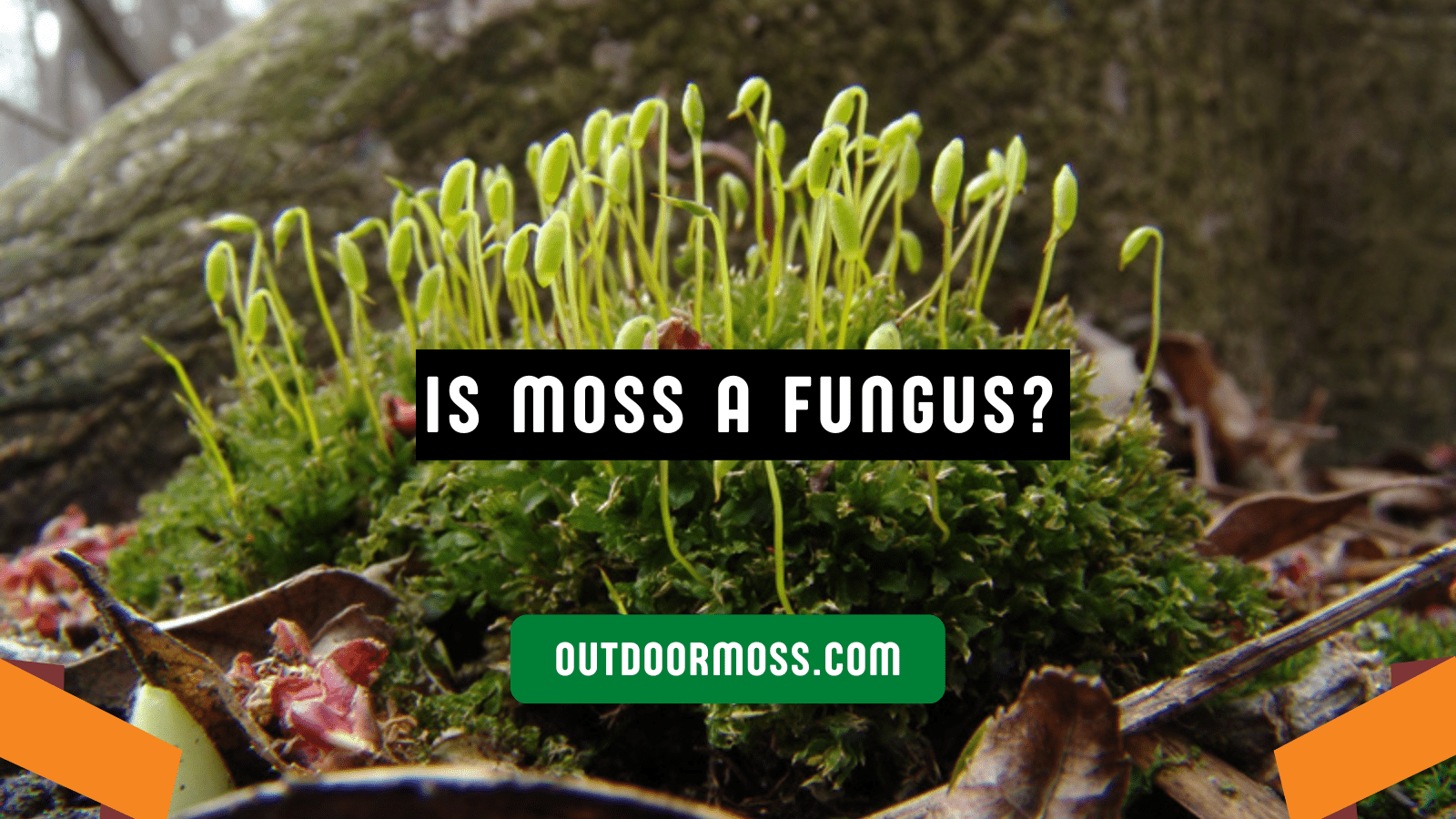
Moss vs. Fungus: Exploring the Differences and Why It Matters!
Read more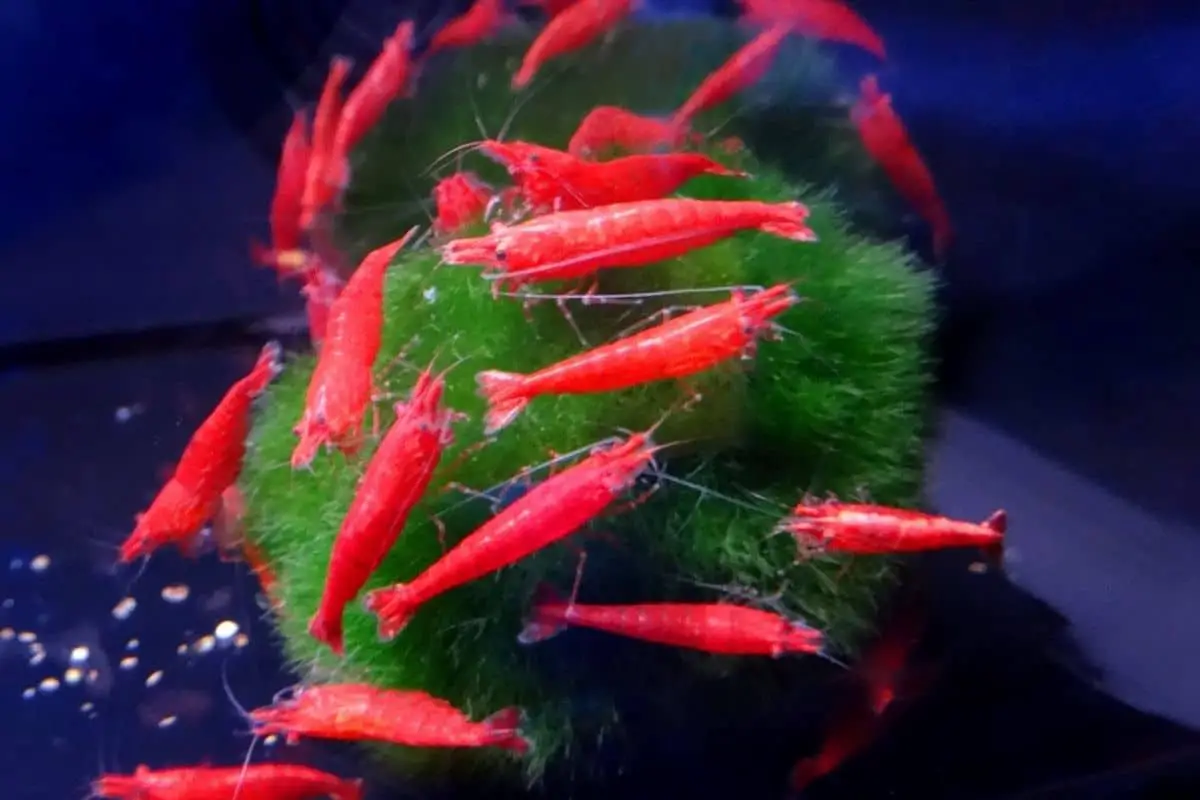
How Long Do Moss Balls Last In A Fish Tank?
Read more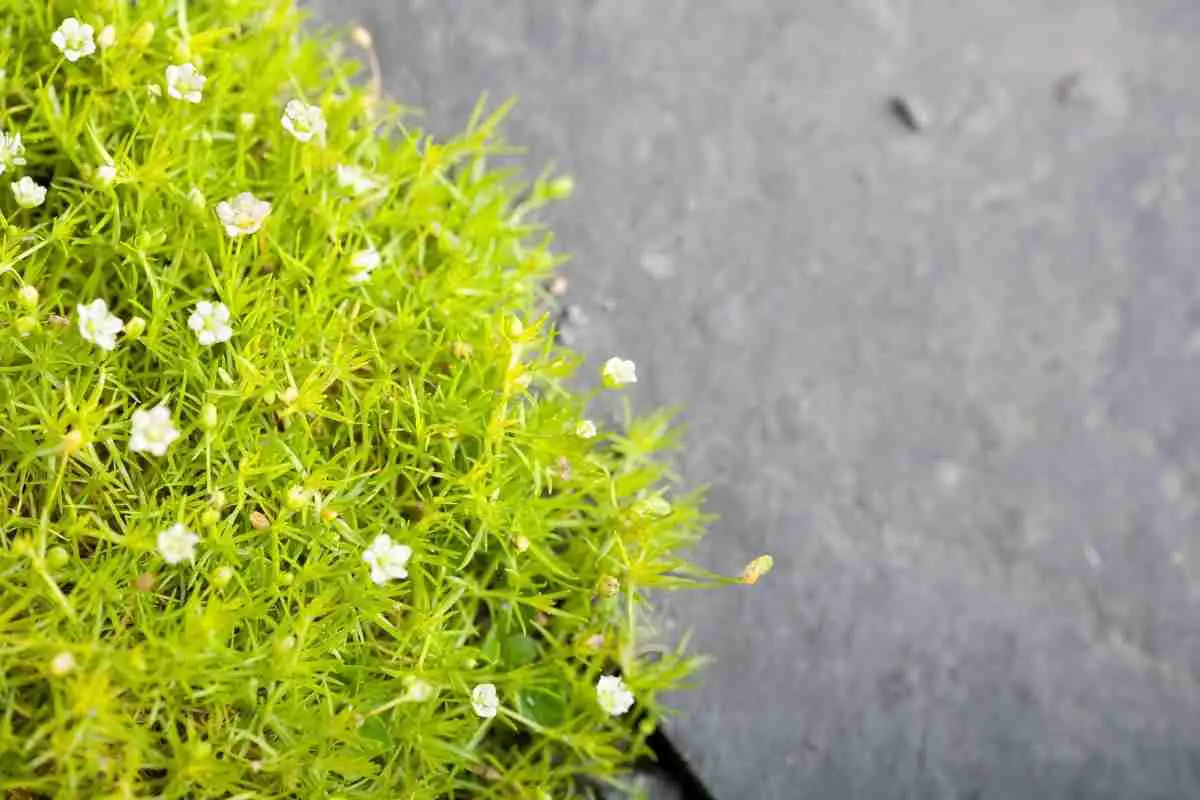
How Fast Does Irish Moss Spread?
Read more